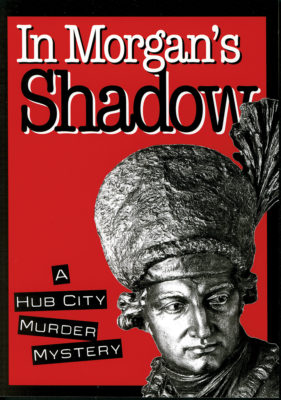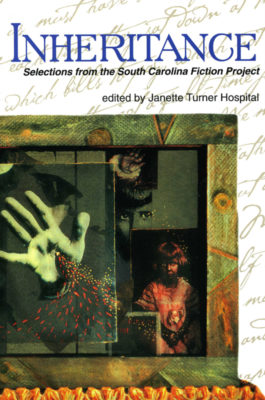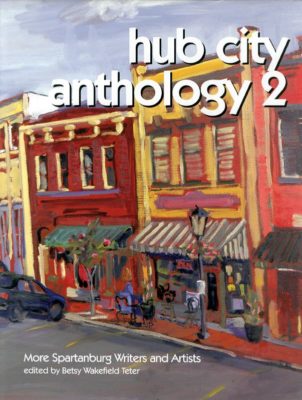Local
North of Main: Spartanburg's Historic Black Neighborhoods of North Dean Street, Gas Bottom, and Back of the College
by: Brenda Lee Pryce, Jim Neighbors, and Betsy Wakefield Teter
Release date: Oct 22nd, 2024
North of Main: Spartanburg's Historic Black Neighborhoods of North Dean Street, Gas Bottom, and Back of the College is the most in-depth Spartanburg Black history book ever produced, particularly for the years post-emancipation.
Read More
North of Main: Spartanburg's Historic Black Neighborhoods of North Dean Street, Gas Bottom, and Back of the College is the most in-depth Spartanburg Black history book ever produced, particularly for the years post-emancipation. This beautiful 250-page hardcover book also includes over 150 historic photographs and maps.
New neighborhoods began emerging north of Main Street in Spartanburg, South Carolina in the 1870s as emancipated Black men and women spent their hard-won post-slavery wages to purchase lots and build homes. As the decades rolled by, they and their descendants established a string of neighborhoods encompassing hundreds of houses, stretching from modern-day Barnet Park to the edge of Spartanburg Medical Center.
North of Main is the story of how this district rose and how it disappeared. In its pages, meet the pioneering Black men and women who lived and worked in these early neighborhoods: clergymen, educators, newsmen, artisans, attorneys, physicians, activists, musicians, caregivers, and more. In the face of frequent oppression, they laid a strong foundation for those who followed them. The history of the place they built is extraordinary in its demonstration of the heroism, courage, determination, and pride of Black citizens of Spartanburg who built dynamic and historically significant neighborhoods in treacherous times.
North of Main is a sequel to the classic 2005 Hub City Press book, South of Main. Major sponsors include the City of Spartanburg, the Spartanburg Public Libraries, and Wofford College.
Praise for North of Main
“This finely crafted, deeply researched, and beautifully illustrated volume is a masterful reconstruction of African American history in Spartanburg. Drawing upon oral interviews, newspaper accounts, archival records, photographs, and personal collections, North of Main admirably chronicles the aspirations, triumphs, resilience, and painful losses of people, institutions, organizations, and neighborhoods who were determined to 'make a way out of no way.' North of Main is a monumental achievement and a model of community-based history.” —Dr. Bobby Donaldson, Executive Director, Center for Civil Rights History & Research at the University of South Carolina
“North of Main is an eloquent and well-documented invocation of the histories of vibrant, historic and Black neighborhoods of Spartanburg. Its sweep ranges from enslavement and the Civil War through struggles and achievements from Reconstruction to the virtual destruction of these neighborhoods by modern development, so-called urban renewal, and the expansion of Wofford College, until much of the area’s rich sense of place has been replaced by affluent white neighborhoods. North of Main serves as a much-needed reminder of how Black Southerners flourished by their own labors over more than a century of institution-building, independent economic and social development, and hard work despite white violence and oppression. This book is a powerful, beautiful part of community-based efforts to remember and redeem a compelling past that points toward possibilities of a brighter day.” —Timothy B. Tyson, author of The Blood of Emmett Till
“North of Main is a priceless, eye-opening, and meticulously researched historical and educational document that unveils intricate layers of injustice and resistance. This compelling story delves into the heart of inequitable systems, vividly depicting their profound impact on thriving neighborhoods built by Black women and men against extraordinary odds. Seamlessly connecting Spartanburg's Northside Black neighborhoods to its rich history of Black peoples’ achievement, the book unfolds a narrative resonating across the past, present, and future through the lens of original documents and personal narratives.” —Dr. Gloria “Glory” Harrison Boozer, retired Spartanburg educator and community activist


-(4-x-6-in)-(1)2053203577.jpg)




